
The production process of pig iron is formed by processing iron ore, while crude steel and ferroalloy are formed by processing pig iron. The backend products of the iron and steel industry chain are complex, with a wide range of products and complex types. ... whereas iron ore, pig iron, and crude steel are the main imports. In 2018, most of ...
WhatsApp: +86 18203695377
1. Concentration. It is the process of removing the impurities like clay, sand etc. from the iron ore by washing with water. 2. Calcination or roasting. It is the process of expelling moisture, carbon dioxide, sulphur and arsenic from the iron ore by heating in shallow kilns. 3. Smelting.
WhatsApp: +86 18203695377
During direct reduction in a reactor, the iron ore reacts with hydrogen at a high temperature. This hydrogen acts as a reducing agent and removes the iron oxide from the iron ore. What remains is the raw pig iron. "By using electricity from renewable energy sources, the production of hydrogen is completely free of CO 2 emissions. This means ...
WhatsApp: +86 18203695377
The smelting reduction process is the latest development in pig iron production, which omits coke production by combining the gasification of noncoking coal with the reduction of iron ore in a liquid bath [35]. The smelting reduction reactor resembles the lower part of a blast furnace.
WhatsApp: +86 18203695377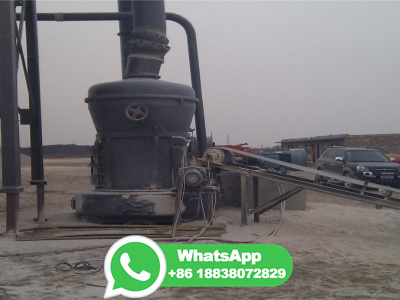
For merchant pig iron production, the iron is cast into ingots; in integrated steel mills, the molten iron or hot metal is transferred in torpedo ladle cars to the steel converters. Slag is transferred to slag pits for further processing into usable materials. The principal reactions are: 2 C + O2 → 2CO C + H2O → CO + H2 CO2 + C → 2 CO
WhatsApp: +86 18203695377
The reduced iron along with coal and lime is fed to a gasifiermelter, which completes the reduction process and produces pig iron or hot metal of the same quality as a blast furnace. The reducing gases generated by the gasifiermelter are recycled to reduce the iron ore in the prereduction step. ... Australia ranks second worldwide in iron ...
WhatsApp: +86 18203695377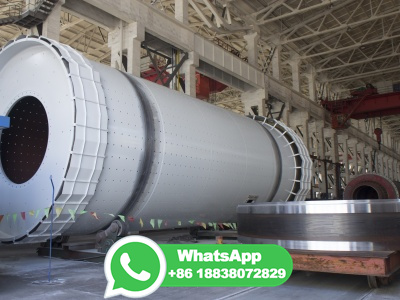
Cast Iron Manufacturing. How does pig iron gets transformed into cast iron? Through a process that involves remelting and combining it with large quantities of scrap iron or steel. ... the processes that occur within the furnace have remained the same as the ingredients. Iron ore, coke, and limestone are all utilized to produce pig iron. As a ...
WhatsApp: +86 18203695377
Just as pig iron can be produced from iron ore in the electric furnace, so can pig steel be produced by a close regulation of the carbon content of the charge. Sufficient carbon is provided for reduction of the ore, but not enough to combine to any appreciable extent with the product.
WhatsApp: +86 18203695377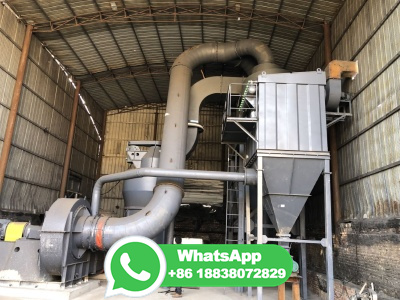
Pig iron production in 1994 is estimated at 49 million metric tons. Pig iron is sent to either basic oxygen ... A general flow diagram for the production of raw steel from iron ore is presented in Exhibit 2. In general, the process involves (1) beneficiation of the iron ore, (2) either directreduction or reduction in an iron blast furnace, ...
WhatsApp: +86 18203695377
The smelting reduction in the blast furnace is the most important option to produce the pig iron (raw material for the production of steel), although the Corex process is the single alternative, and, for that reason, this chapter is entirely dedicated to the production of pig iron in the blast furnace.
WhatsApp: +86 18203695377
Pig iron is an intermediate product and the first product of ironmaking produced during the smelting of iron ore. It is produced when liquid iron (hot metal) is cast in the pig moulds. ... The production process of nickel pig iron utilizes laterite Ni ores instead of pure Ni. The low grade Ni ore, containing around % to 2 % Ni, is mixed ...
WhatsApp: +86 18203695377
Pig Iron (manufacturing process) Pig iron is obtained by the chemical reduction of iron ore. This process of reducing iron ore to pig iron is known as Smelting. The main raw materials required for the production of pig iron are: • Iron ore • Coke • Flux. Iron ore. The main iron ores used are: • Magnetite • Hematite • Limonite ...
WhatsApp: +86 18203695377
used in steelmaking after pig iron or hot metal produced in blast furnaces. DRI is produced by direct reduction of iron ore using carbon monoxide and hydrogen. Natural gasbased shaft reactors are commonly used in North and South America for DRI production while coalbased DRI is common in Asian markets [1].
WhatsApp: +86 18203695377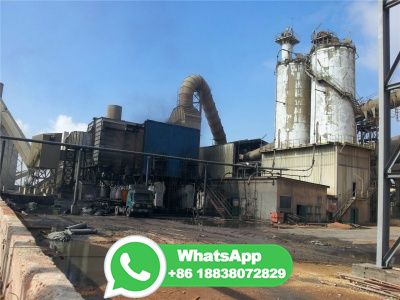
The production of 1 ton of iron requires tons of ore or other iron bearing material; to tons of coke; tons of limestone or dolomite; and to 2 tons of air. Byproducts consist of to tons of slag, and to tons of blast furnace gas containing up to 100 pounds (lb) of dust.
WhatsApp: +86 18203695377
Fluxes Remove Impurities The raw materials needed for the production of pigiron are iron ore and coke. Depending on the type of impurities in the iron different fluxes are added, for example limestone (for siliceous iron ore) or feldspar (for calcareous iron ore). The flux converts the impurities in the iron to easily meltable slag.
WhatsApp: +86 18203695377
Factory Tours We make steel a premium product Almost 70 years ago, voestalpine developed the breakthrough technology LinzDonawitz converter process, which enabled the largescale and rapid conversion of pig iron into crude steel. This technology is still used and about 70% of the worldwide steel production is made by this technology.
WhatsApp: +86 18203695377
Ternium %. In this article, we are going to discuss the 16 largest pig iron producing countries. You can skip our detailed analysis of the manufacturing of pig iron, the ...
WhatsApp: +86 18203695377
Blast furnaces produce pig iron from iron ore by the reducing action of carbon (supplied as coke) at a high temperature in the presence of a fluxing agent such as blast furnaces consist of several zones: a crucibleshaped hearth at the bottom of the furnace; an intermediate zone called a bosh between the hearth and the stack; a vertical shaft (the stack) that extends from ...
WhatsApp: +86 18203695377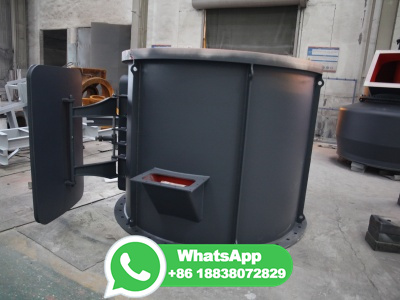
iron processing, use of a smelting process to turn the ore into a form from which products can be fashioned. Included in this article also is a discussion of the mining of iron and of its preparation for smelting. Iron (Fe) is a relatively dense metal with a silvery white appearance and distinctive magnetic properties.
WhatsApp: +86 18203695377
The Open Hearth Process of Steelmaking; Steel manufacturing Principle of the Bessemer Process. The main raw materials for Steel production in a blast furnace are Iron ore, limestone, coke, and some scrap steel. These materials are charged into the blast furnace from the top and converted into molten pig iron. Next, a current of air is blown ...
WhatsApp: +86 18203695377
William Kelly's pneumatic iron. William Kelly () was the American ironworks owner who is credited with first identifying a pneumatic process for iron refining. Kelly's discovery was a critical development in the commercial production of iron. In 1846, Kelly, of Pittsburgh, Pennsylvania, married Mildred Gracey of Eddyville, Kentucky.
WhatsApp: +86 18203695377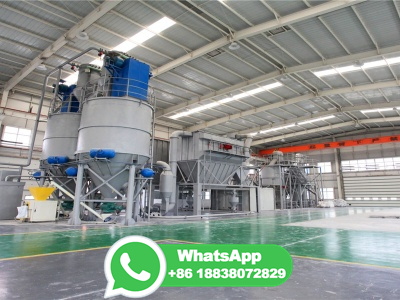
Today there are two major commercial processes for making steel, namely basic oxygen steelmaking, which has liquid pigiron from the blast furnace and scrap steel as the main feed materials, and electric arc furnace (EAF) steelmaking, which uses scrap steel or direct reduced iron (DRI) as the main feed materials.
WhatsApp: +86 18203695377
Iron is a common impurity in copper ores and iron ore was sometimes used as a flux, ... The production of pig iron with coke was probably achieved by Dud Dudley around 1619, ... In the Bessemer process, molten pig iron from the blast furnace was charged into a large crucible, and then air was blown through the molten iron from below, igniting ...
WhatsApp: +86 18203695377
Key steps of the process are as follows: upper part of the furnace free moisture is driven off from the burden materials and hydrates and carbonates are disassociated. lower part of the blast furnace shaft indirect reduction of the iron oxides by carbon monoxide and hydrogen occurs at 7001,000°C.
WhatsApp: +86 18203695377
In a traditional blast furnacebased process, iron ore is crushed and turned into sinter or pellets. In a separate location, the coal is baked and converted into coke. ... Using biochar for green pig iron involves fewer production stages. It eliminates the need for sintering and coking. This also makes the technology 1015% less costintensive ...
WhatsApp: +86 18203695377
The blast furnace and direct reduction processes have been the major iron production routes for various iron ores ( goethite, hematite, magnetite, maghemite, siderite, etc.) in the past few decades, but the challenges of maintaining the iron and steelmaking processes are enormous. The challenges, such as cumbersome production routes, scarcity of metallurgical coke, high energy demands ...
WhatsApp: +86 18203695377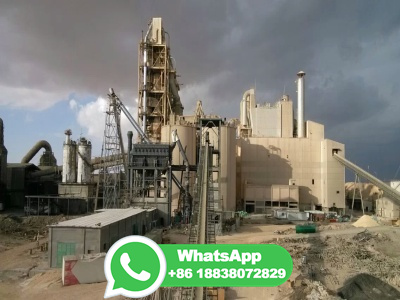
the integrated steelmaking process featuring the blast furnace/basic oxygen furnace (BF/BOF), where iron ore is the major source of iron units; and; electric steelmaking based on the electric arc furnace (EAF), where steel scrap or direct reduced iron (DRI) are the major iron feedstock materials. Figure 1: major steelmaking process routes.
WhatsApp: +86 18203695377